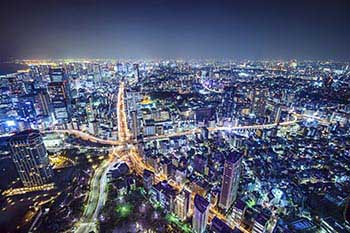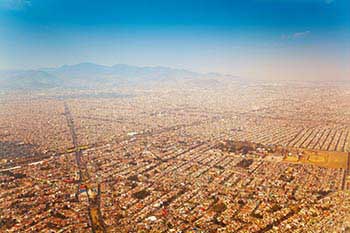World Population Day
The UN celebrates on Saturday, July 11, the event World Population Day. Do you want to know what its main challenges are?More than 7 billion people inhabit the Earth. In just half a century we have doubled our population, and the challenges have grown accordingly. How does the future look? What problems will face the human race in the coming years?

The first mission is to acquire a global awareness of our situation. Since 1989, the United Nations (UN) celebrates World Population Day every July 11 to let all the world's people know the importance of managing resources.
The measures that the international organization seeks to communicate through its Development Programme aim the fight for gender equality, family planning, universal access to reproductive health services and the creation of a global consciousness among the most young, among other goals.
Despite all the unknowns to be solved for the future, there are two key issues that we must address: how to manage the overpopulation and how to develop a social and structural framework to ensure coexistence in urban environments.
Macrocities
More than half of the human population lives in cities: 54%. However, many studies sponsored and supported by the UN indicate that by 2050 this  figure will have grown to 66%. That means that within 35 years more than 6 billion people will be concentrated in the urban areas of the planet.
figure will have grown to 66%. That means that within 35 years more than 6 billion people will be concentrated in the urban areas of the planet.
Many of these urban areas will have become macrocities by then. What is a macrocity? An urban space with millions of inhabitants, a high level of industrialization and infrastructure which by its nature is managed in a different way from cities of smaller size.
Currently, the main planet macrocities are:
- Tokyo, Japan (33.5 million inhabitants)
- Mexico City, Federal District, Mexico (23 million inhabitants)

- New York, United States (22.5 million inhabitants)
- São Paulo, Brazil (22 million inhabitants)
- Seoul, South Korea (22 million inhabitants)
These cities centralize an activity and an economy that in many cases surpass small countries and are the best example to know what the future will be like in other growing cities.
The introduction of resilient urban environments and creating inclusive cities, as reflected in the Sustainable Development Goals drawn up by the UN, are two of the basic needs that urban population will need to fulfill.
In addition, given that many of these macrocities will rise in developing countries, management of resources, responsible consumption and sustainability will be crucial to ensure that all individuals can develop a correct coexistence in an increasingly globalized world, with more opportunities but also more threats.
Will you celebrate World Population Day on Saturday? Tell us about it and participate in our poll.
Sources:United Nations, Ambientum, El País, Department of Economic and Social Affairs (UN) and United Nations Development Programme.







